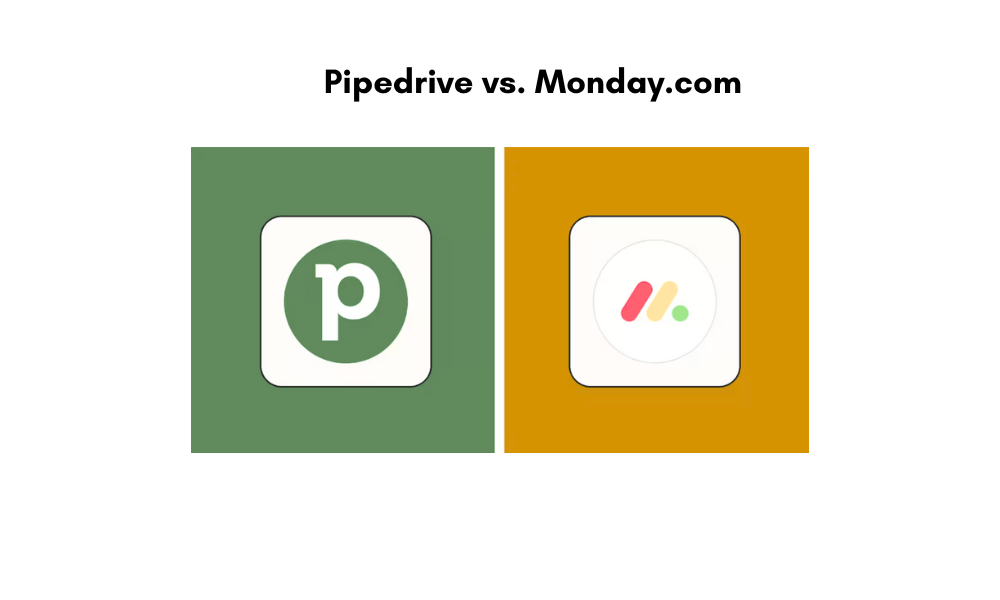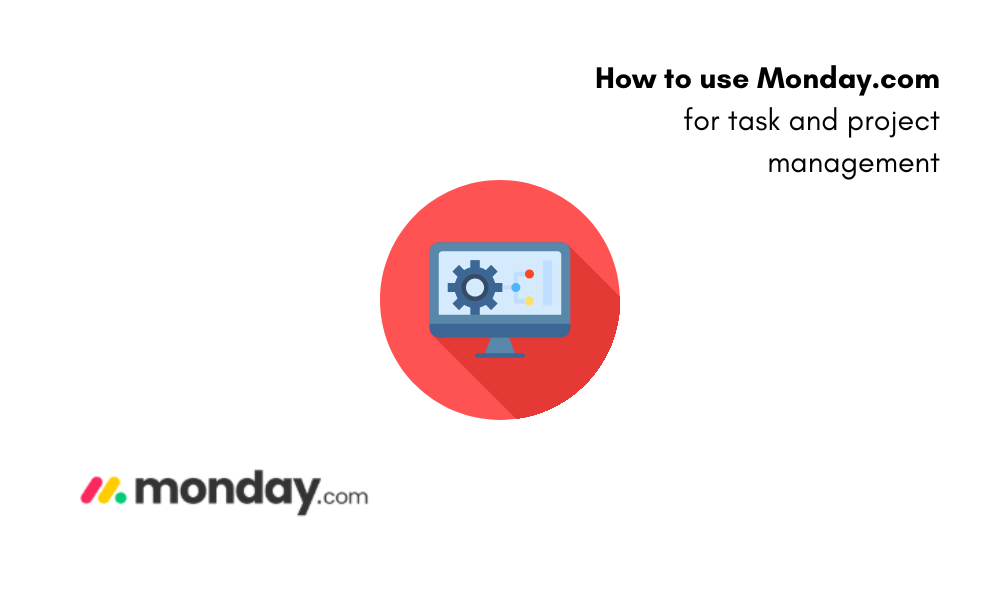Are your on-premise servers starting to feel more like anchors than assets? You’re dealing with expensive maintenance, security worries, and a system that just can’t keep up with the speed of your business. You know moving to the cloud is the answer, but the migration process itself seems overwhelming. How do you move years of data, applications, and infrastructure without causing a major disruption?
The answer is using the right cloud migration tools. As Gregor Hohpe demonstrates in Cloud Strategy, successful cloud adoption requires thinking beyond technology to embrace new operating models. The most effective cloud migration software doesn’t just move data; a system like this enables the architectural and operational transformations that unlock the cloud’s true business value.
This guide will give you a clear look at the top 10 cloud migration tools on the market. We’ll cover what to look for, the different types of tools available, and how to choose the right one to make your digital transformation journey a success.
What are cloud migration tools and why do you need them?
Let’s start with a simple definition. Cloud migration tools are applications and platforms designed to help you move your data, workloads, and applications from an on-premise data center to a cloud environment, or from one cloud to another.
Without these tools, a cloud migration is a manual, risky, and time-consuming process. With the right tools, you get:
- Faster migration: Cloud migration automation handles many of the repetitive tasks, which significantly speeds up the process and accelerates your migration timeline acceleration.
- Reduced risk: Tools like this are designed to minimize downtime and prevent data loss during the migration, supporting business continuity during migration.
- Cost optimization: Many tools can analyze your usage patterns and recommend the most cost-effective cloud resources for your workloads, enabling cloud migration cost optimization.
- Better performance: The right tool ensures your applications are configured correctly in the cloud for post-migration performance optimization.
A good set of cloud data migration tools is essential for any business that wants to move to the cloud efficiently and with confidence.
How to choose the right cloud migration software
With so many options out there, how do you pick the right one? Here are the key features you should look for.
- Assessment capabilities: Before you move anything, you need to know what you have. Good cloud migration assessment tools will scan your on-premise environment and give you a detailed inventory of your servers, applications, and dependencies. A setup like this is a key part of a migration readiness evaluation.
- Data migration features: Look for tools that can handle different types of data and offer features like continuous data replication and validation to ensure a smooth and secure cloud data transfer.
- Application migration support: The tool should support the specific types of applications you need to move, whether a system like this is for legacy system modernization or application containerization.
- Security and compliance: You’re moving your most critical business assets. Ensure the platform has robust security features, encryption during migration, and can help you meet your industry’s compliance requirements. A security-first migration approach is non-negotiable.
- Minimal downtime: Look for zero-downtime migration tools that offer live migration capabilities to keep your systems running during the move.
The top 10 cloud migration tools
Here’s a look at some of the best cloud migration tools available today.
1. Azure Migrate
Azure Migrate is Microsoft’s native toolkit for planning and executing your move to the Azure cloud. As a Microsoft Solutions Partner with deep expertise in Azure, we know how powerful a system like this can be for a seamless migration.
Key features: You get a centralized hub for assessment, migration, and modernization. A system like this offers agentless discovery of your on-premise servers, dependency analysis to see how your applications are connected, and cost estimation to plan your budget.
Best for: Any business planning a migration to Microsoft Azure. A system like this is the most integrated and comprehensive solution for moving to the Azure ecosystem.
2. AWS Migration Services
Amazon Web Services (AWS) offers a suite of tools designed to help you move to their cloud platform.
Key features: The suite includes tools like AWS Server Migration Service (SMS) for moving on-premise servers and AWS Data Migration Service (DMS) for moving databases.
Best for: Businesses that have chosen AWS as their cloud provider and want to use native tools for the migration.
3. Google Migrate for Compute Engine
Google Cloud’s primary migration tool helps you move virtual machines from your on-premise environment or other clouds into Google Compute Engine.
Key features: A system like this offers live streaming migration to minimize downtime and automatically adapts your workloads to run on Google Cloud.
Best for: Organizations that are migrating their virtual machine-based workloads to Google Cloud Platform.
4. Zerto (a Hewlett Packard Enterprise company)
Zerto is a leader in disaster recovery and cloud mobility. Its platform is excellent for complex migrations that require minimal downtime.
Key features: You get continuous data protection and journaling technology that allows you to rewind to any point in time, which dramatically reduces risk. A system like this offers automated, non-disruptive migration validation testing.
Best for: Enterprises with mission-critical applications that cannot afford any significant downtime during the migration process.
5. Carbonite Migrate
Carbonite Migrate allows you to move physical, virtual, and cloud workloads over any distance with minimal risk and near-zero downtime.
Key features: A system like this uses real-time, byte-level replication to create a replica of your source system on the target server. A system like this allows you to test the new environment without impacting your production systems.
Best for: Businesses of all sizes, including those looking for cloud migration for small business, that need a reliable and flexible tool for moving a wide range of workloads.
6. Fivetran
Fivetran is a leader in automated data movement. While not a full infrastructure migration tool, a system like this is one of the best cloud data migration tools for moving data into a cloud data warehouse.
Key features: You get a massive library of pre-built connectors for hundreds of data sources. A system like this automates the entire data pipeline, from extraction to loading.
Best for: Data-driven organizations that need to centralize their data from various SaaS applications and databases into a cloud data warehouse like Snowflake, BigQuery, or Redshift.
7. AppDynamics (from Cisco)
AppDynamics is an application performance monitoring (APM) tool. While not a migration tool itself, a system like this is crucial for a successful migration.
Key features: You can use a system like this to map your application dependencies before you migrate and then monitor your application’s performance after the move to ensure everything is running smoothly.
Best for: Businesses with complex, multi-tier applications that need deep visibility into performance before, during, and after the migration.
8. Turbonomic (an IBM company)
Turbonomic is an application resource management platform that uses AI to help you optimize your cloud environment for performance and cost.
Key features: You can use a system like this to analyze your on-premise workloads and determine the right size and type of cloud resources you’ll need. After migration, a system like this continuously optimizes your cloud estate using AI-powered migration analytics.
Best for: Organizations that want to ensure their cloud environment is cost-effective and performing optimally from day one.
9. Corent SurPaaS
Corent SurPaaS is a comprehensive platform that helps you scan, analyze, plan, and execute your cloud migration.
Key features: A system like this can help you “SaaS-ify” your applications, meaning a system like this can help you re-architect them to take full advantage of the cloud. A system like this offers a high degree of cloud migration automation and intelligent migration orchestration.
Best for: Businesses and independent software vendors (ISVs) that want to do more than just lift-and-shift their applications to the cloud.
10. CloudHealth (by VMware)
CloudHealth is a leading cloud management platform. A system like this is essential for managing your costs and governance after you’ve migrated.
Key features: You get tools for cost visibility, optimization, and security policy management across multiple clouds.
Best for: Organizations that are adopting a multi-cloud migration approach and need a single platform to manage their entire cloud footprint.
Why partner with a leading cloud migration service provider?
As you can see, choosing the right cloud migration tools is just one piece of the puzzle. A successful migration requires a clear strategy, deep technical expertise, and careful planning. The Heath brothers’ Switch provides a blueprint for navigating organizational change. Successful cloud migration requires addressing both rational concerns (cost, security) and emotional resistance (fear of complexity). A setup like this is where working with one of the top cloud migration service providers can make all the difference.
A partner brings a proven cloud migration methodology framework and a team of experts to guide you through the process. As a Microsoft Solutions Partner with designations in Data & AI and Infrastructure, we have a deep understanding of how to execute complex migrations successfully. We use our enterprise architecture approach to create a comprehensive cloud migration roadmap planning for your business, ensuring your cloud environment is secure, scalable, and cost-effective.
We have experience with complex projects, like migrating over a million records for a Fortune 500 company with minimal downtime.
Our goal is to help you on your digital transformation journey with minimum disruption.
If you’re ready to make your move to the cloud, let’s talk. We can help you build a clear roadmap for your cloud migration. Contact Advaiya today.
Frequently asked questions
A simple migration of a few servers can take a few weeks. A large-scale migration of an entire data center can take many months or even years. A phased approach is usually best.
The biggest risks are typically unplanned downtime and data loss. Using the right tools and having a solid plan with thorough testing can significantly mitigate these risks.
Yes, absolutely. The cloud offers huge benefits for small businesses, providing access to enterprise-grade technology without the high upfront cost. Many cloud migration tools are well-suited for cloud migration for small businesses.
Not always. While you save on hardware costs, your monthly cloud bill can grow if you don’t actively manage and optimize your usage. A good cloud management tool is essential for controlling costs.
Migration is just the beginning. After you’ve moved, you need to focus on managing your new cloud environment, optimizing for cost and performance, and exploring new cloud-native services to continue your innovation.



